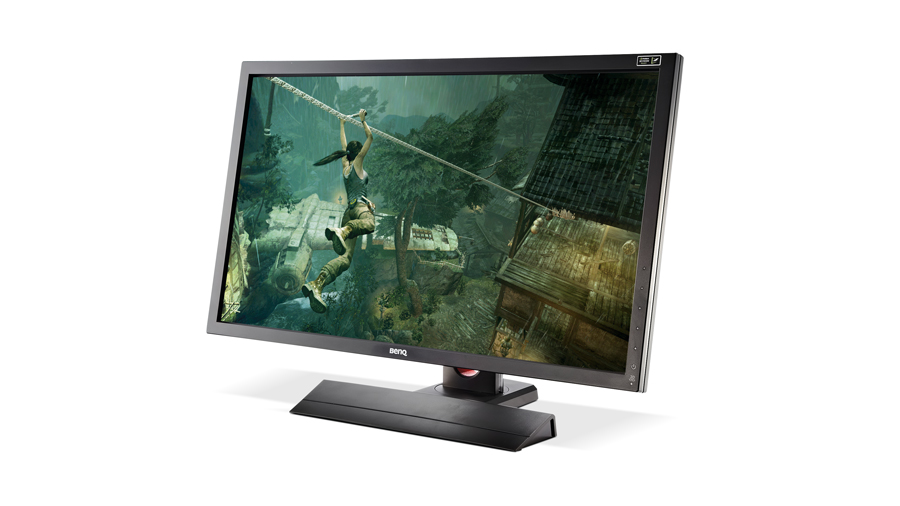TechRadar Verdict
Pros
- +
Great on-screen displays
- +
Nice stand
- +
120Hz refresh rate
Cons
- -
Poor colour reproduction
- -
Black levels not very good
- -
Washed-out default state
- -
Price
Why you can trust TechRadar
BenQ has made some of the finest 3D monitors around. Admittedly, that's not necessarily because of how good these screens are at recreating the faux 3D Nvidia wants to jam down our eyeholes, but mainly because of how good they are as general 120Hz screens.
Using the LightBoost tech that's accompanied Nvidia's 3D Vision 2 advances, BenQ has been able to create some very impressive 24-inch displays that almost put a dent in our pleasure at seeing so many affordable IPS screens hitting our desktops.
The quality of the TN panels BenQ have been using haven't made us pine for the improved viewing angles and colour reproduction that even budget IPS screens offer - that 120Hz refresh has made us forget them almost altogether.
We say almost, because what they've really done is make us long for the day when we actually get some 120Hz IPS panels gracing our homes. But in the meantime, these quality TN screens are great for gaming and general desktop use - whatever your feelings are towards the dead duck of stereoscopic 3D gaming.
And while we're still yet to see a 27-inch IPS-er with a 120Hz refresh rate, we are seeing 27-inch TN screens with a buttery smooth pixel clock. It's just a shame that the actual panel BenQ is using in the XL2720T monitor isn't up to the standard we're used to.
Washed out
It's especially sad because we checked out BenQ's XL2411T, and that has one of the best TN panels we've ever experienced - it was even subjectively superior to the Asus 144Hz screen we had been testing alongside it.
We had high hopes for this XL2720T, but sadly those hopes were dashed the instant we booted into a horrendously washed-out Windows 8 Start screen. The vibrant colours of our lovely tiled display were barely present, considerably faded compared to the 27-inch AoC i2757Fm IPS screen we'd become used to. That meant we had to delve into the OSD and find the optimal settings.
Luckily, the only design difference between the XL2720T and the smaller models is that it's using a slightly larger chassis than the classic XL2420T. The best part about that is it still has the same fully adjustable stand and a fantastic on-screen display.
We're not being sarcastic, either - it's truly the finest example of an OSD we've ever used, offering simple touch and context sensitive buttons, side-by-side with the actual on-screen menu.
However, it still took us an age to get to grips with what we needed to change to inject a little vibrancy into the colours. And even once we'd got a close approximation of what we were used to with our IPS screen, the image quality couldn't really compare. And this is a £400 screen against one that's almost half the price, with the same panel size and native res.
With those problems arrayed against it, not even the 120Hz refresh rate can soothe our unhappy eyes, and no matter how good the chassis and OSD are, the weak colour reproduction, poor black levels and over-saturated whites make this a pricey 27-inch screen to avoid.
